This fugu restaurant, though it opened in 2006, has a long history. The original restaurant “Uontana” was opened by Asakichi and Tora Yamada in Usukishi, Oita in 1905. Their son started serving mainly fugu, and his reputation as a fugu specialist grew over the years. The grandson (the present head chef Fumie Yamada) opened two new restaurants, in Oitashi, Oita and in Nishiazabu, Tokyo. They also they own and manage eighteen fugu restaurants and two food wholesale stores in Usukishi. In addition to bar seating, there are two private zashiki-style rooms here, a larger private room for up to 12 people, and another for up to 4 people.
Fugu is the Japanese word for pufferfish, and is notorious due to its poisonous nature: its liver, skin, eyes, ovaries and kideys contain tetrodotoxin, a potent neurotoxin (hundreds of times stronger than potassium cyanide). Despite what would seem this small drawback as a foodstuff, the Japanese munch their way through 10,000 tons of fugu every year. Haedomari market in Shimonoseki is the centre of the fugu trade, with auctions of the live fish, which are then sent on to Tokyo, Osaka and beyond. As well as the wild fugu, there is also farmed fugu, which sells at a much lower price. Fugu is reckoned to be at its peak in winter (October – February), just before the fish spawns.
You have to have a licence to be a fugu chef in Tokyo (things are more relaxed elsewhere in Japan), with three years apprenticeship and typically around a decade of training; the licence is renewed annually. However every year some people decide to try preparing this for themselves – after all, what could possibly go wrong? A few people each year die as a result, but this does not put off Japanese diners. The liver is the most poisonous part of a puffer-fish, and selling this in a restaurant in Japan was banned in 1984. Despite the elaborate regulations, things can go wrong. Fugu restaurant Fugu Fujiki in Tokyo made headlines in 2011 when a customer demanded that she be served the liver, and the chef obliged, with serious results for all involved.
Finding the entrance to Usukifugu Yamadaya is tricky even by Japanese standards, our baffled taxi driver (a common breed in Tokyo) being of no help whatever. It is down a quiet street near a bar, and from the street the building appears to be a smart mansion block of flats. As you walk down the entrance way to this it becomes apparent that there is a staircase down to a basement area, in which two restaurants are nestled. The one on the far side from the street is Usukifugu Yamadaya. We ate at the counter rather than one of the private rooms, so we could see the chef at work. The meal began with good sea urchin served with Japanese horseradish on a bed of mountain herbs, bean curd skin and tortoiseshell sauce; the sea urchin was creamy, though the bean curd skin did nothing for me (15/20). Alongside was a broth of warm scallop juice flavoured with ginger, with a cube of deep fried bread, which seemed a less than obvious combination though was pleasant enough.
The highlight of the meal was fugu sashimi. The chef cut the fugu extremely thinly with a fearsomely sharp knife and set the pieces out in a fan shape on a beautiful ornamental plate. The sashimi was so thinly cut it was translucent, and the pattern of the plate could be seen through the fish. On the side was a pile of thinly cut chives, angler fish liver and an excellent ponzu (citrus) sauce with extremely finely diced chives. The idea is to take each piece of sashimi and wrap it around a few cut chives and a little liver, then dip in the sauce before eating. This was actually very good, the ponzu sauce very nicely balanced. Fugu itself has limited taste, but the care in the cutting meant that the texture of the flesh was pleasant. What was interesting, if a little disconcerting, was that after a few moments I felt a slight numbing of my lower lip. Apparently this is caused by just a hint of the puffer fish poison; seemingly, fugu aficionados crave this sensation, which if it occurs is regarded as a triumph of balance achieved by the fugu chef. The slight numbing sensation may also come in handy when the bill is presented later.
This was followed by deep fried fugu, the fish cooked with its bones in batter, served with a couple of deep fried potatoes and a slice of ponzu for garnish: fugu and chips, if you will. Fugu turns out to be a remarkably bony fish, so there was relatively little flesh amongst the bones, though the batter was pleasant (13/20). The final stage was a hotpot of the fugu, the remaining fish boiled with Chinese cabbage, spring onion, tofu, greens, carrot, and mushroom. As noted previously, fugu is very bony and does not have a strong taste, though the fish that could be extracted from the bones was tender enough, but this is basically a dish of boiled fish bones with a few vegetables (11/20). A rice cake in stock on the side had a mushy consistency, and rice porridge at the conclusion of the meal did nothing for me.
The bill came to ¥48279 for two including some beer, which works out to £186 a head, and service was very polite. This was only my second fugu experience, the last time being in the late 1990s before the days of Michelin and internet food blogs of Tokyo, and from what I recall of that meal, the experience tonight was superior. However at the end of the day fugu seems to me an overrated experience. It is essentially a rather bland, bony white fish whose main appeal is that it might kill you if not prepared correctly. If I wanted a slight numbing of my lip then I can get that from my dentist, so I confess that the Japanese fascination with fugu is lost on this particular gaijin.

-
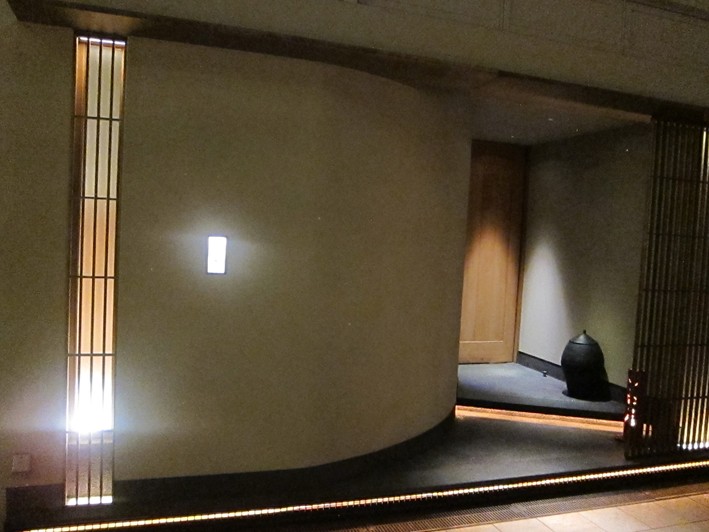 entrance
entrance

-
 counter
counter

-
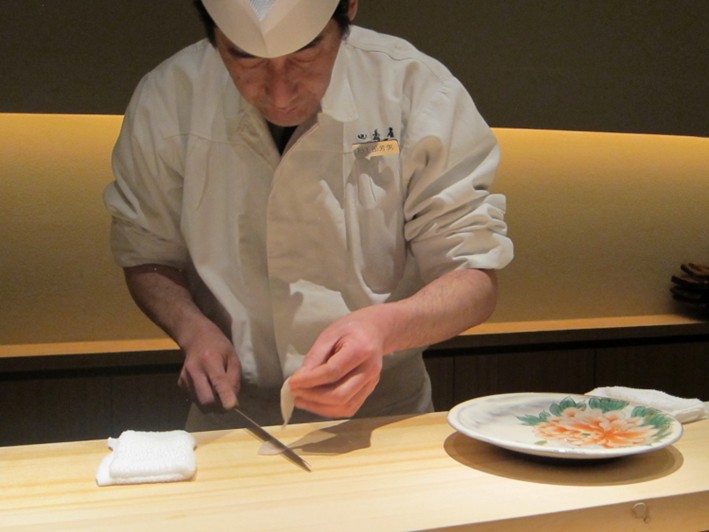 chef at work
chef at work

-
 sea urchin
sea urchin

-
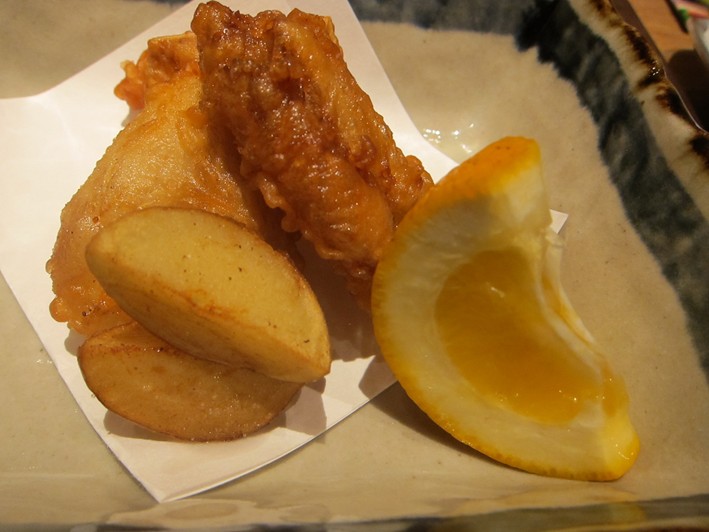 fried fugu
fried fugu

-
 fugu sashimi 2
fugu sashimi 2

-
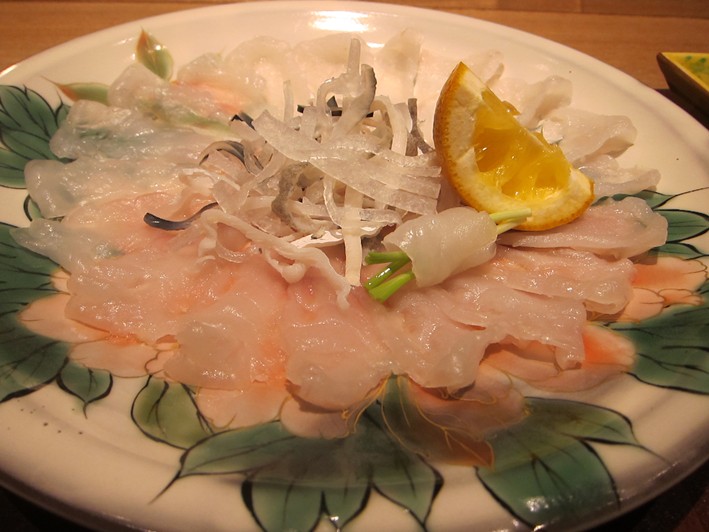 fugu sashimi
fugu sashimi

-
 fugu tempura
fugu tempura

-
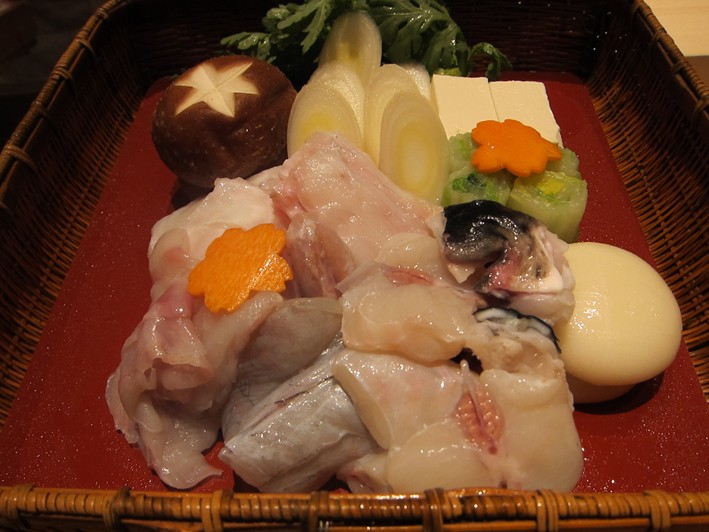 hotpot ingredients
hotpot ingredients

-
 hotpot
hotpot

-
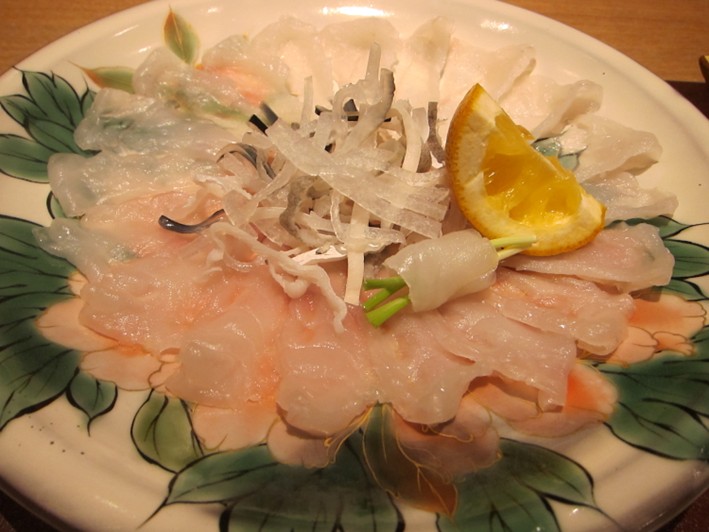 sashimi
sashimi

-
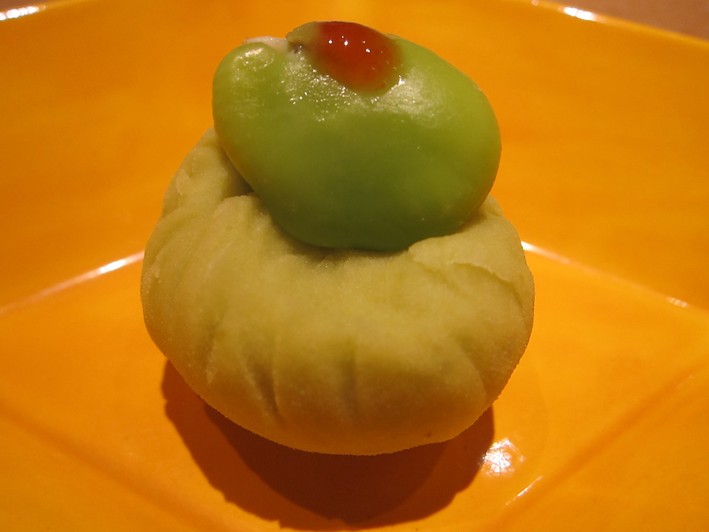 dessert
dessert

Japanese cuisine
 Average Price £190
Price I paid £186
Value for money
£££££
Overall rating 13/20
Michelin star
Average Price £190
Price I paid £186
Value for money
£££££
Overall rating 13/20
Michelin star

The type of cuisine served at this restaurant
Typical price for three courses and modest wine
What I actually paid on this particular visit
Calculated from overall rating/average price: £££££ is best, £ least good
Score for the food from 1 to 20, with 20 being world class
Currently has at least one Michelin star
Add a comment
User comments
×
![]()













Taka
Hands down the best fugu restaurant I've been to. I guess everyone has a right to their opinion but by reading your review it seems pretty clear you don't appreciate fugu. Nor really understand what to look for ? As one of the other commenters already stated, is largely about texture. By the way one important thing to note.. you mention having a beer with your meal. Pairing the meal with the right drink is as important in Japanese cuisine as it is with French. Can't imagine drinking anything but fugu-hire shu (nihon-shu) with this meal.
Name unavailable
Visit May 2012, for dinner you can choose among 3 course menus costing from 20,000 to 30,000. I went for the 30,000 option included the daily special Fugu Souffle.
Name unavailable
I have visited the restaurant in October 2O11. Being addicted to Fugu I have been to several Fugu restaurants in Japan and Korea, and I found this by far the best I have visited yet. It is true, Fugu meat is almost tasteless what counts is the texture of the meat which is - if well done - extremely pleasant in all cooking styles. I acknowledge that one must have a faible for this kind of food but this playing on texture is what Japanese cuisine is about to a large degree. I was so satisfied that I returned twice during my stay. The large set menu which is quite expensive indeed is to large for my stomach anyhow. I opted for a selection of dishes and paid ca.€ 15O.- per meal (no drinks apart from green tea) which seems a reasonable price to me.
Name unavailable
Having eaten fugu for near twenty years, this numbing of the mouth sensation is a psychosomatic phenomenon. One does not add a touch of toxins. Seriously.
Name unavailable
Did the fugu place you ate at in the 1990s happen to be Tsukiji Yamamoto? We really enjoyed fugu at yamamoto -- despite western concensus seeming to be that fugu is not all that interesting. thanks.